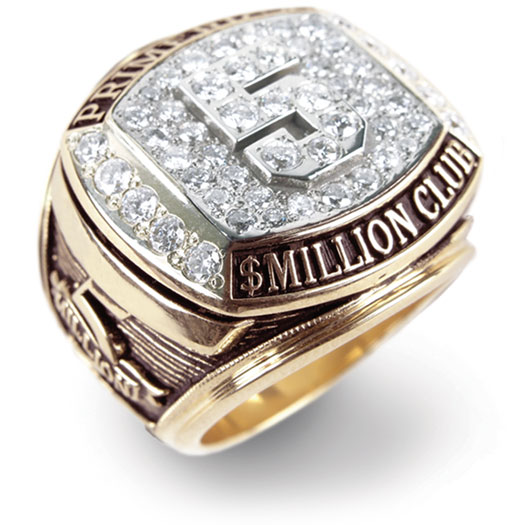“Contrary to popular modern belief, it is still quite possible for the successful individual to make his million – and more.”
J. Paul Getty wrote these words in 1960, in his book, How to Be Rich. It’s as true now as it was then… and Getty shows his readers that anyone with the right mentality can get rich by developing a handful of habits.
Getty was a very rich man. I’ve heard it said that in today’s dollars, his wealth was greater than Bill Gates’ and Warren Buffett’s put together.
Getty made his fortune by buying up oil businesses at bargain prices just after the depression. A small portion of the book is devoted to telling this story. The rest of it presents his thesis: Anyone with the right mentality can get rich by developing a handful of habits.
How to Be Rich is very easy to read. Written as a series of essays for Playboy magazine, it feels like a casual conversation with a very rich friend.
“Although there are no sure-fire formulas for achieving success in business,” Getty says, “there are some fundamental rules to the game, which, if followed, tip the odds of success very much in the businessman’s favor.”
Those rules include:
- The best way to make a fortune is to own your own business.
- The central aim of every business is to produce more and better goods (or more and better services) to more people at a lower cost.
- A sense of thrift is essential for success in business.
- Legitimate opportunities for expansion should not be overlooked.
- The business owner must run his own business. He cannot expect employees to run it for him.
- The business owner must be constantly alert for new ways to improve his products and services and increase his production and sales.
- Nothing builds confidence and volume faster than a reputation for standing behind one’s product.
- The book is loaded with practical advice for business owners and employees who want to share in the profits of their businesses.
How to Be Rich also has a chapter devoted to passive investing. Most people don’t realize it, but Getty’s record as a buyer of stocks was stellar. What was his strategy? To buy great companies with distinct competitive advantages when their shares are cheap.
Sound familiar?
Another chapter talks about real estate. Getty was a big believer in real estate as a secondary investment and made millions that way. He also talks about investing in fine art. In the course of his business life, Getty acquired one of the greatest private collections of art in his time. He left much of that collection to various museums, including the Getty Museum in Malibu, California.
What I like about this book is that it is extremely motivational. There is something about the way he writes that feels authentic. When you have the world’s richest man giving you advice on getting rich, you want to listen.
That said, a few of his ideas might be surprising to some readers. For example, Getty is famous for pinching pennies… But he believed in paying his employees well and letting his best employees get wealthy by sharing in the profits. He was not condescending to his employees. He treated them like partners.
The most successful business people I know share this view.
Another contrarian idea: Getty disputes the idea that the business owners should think big and take big chances. His success, he says, came from “thinking small” (i.e. paying attention to details) and avoiding risk at every juncture.
If you have ambitions of being truly rich one day, you should read How to Be Rich. If you have already read it once, you should read it again and again.
[Ed. Note: If you're not happy with your financial situation, you're in the perfect position to change it for the better – right now. Ray has just released a special video that covers an online business system that you can use to start growing your wealth. To watch this short video, click the following link: http://www.raybuckner.com]
[Ed. Note: If you're not happy with your financial situation, you're in the perfect position to change it for the better – right now. Ray has just released a special video that covers an online business system that you can use to start growing your wealth. To watch this short video, click the following link: http://www.raybuckner.com]







No comments:
Post a Comment